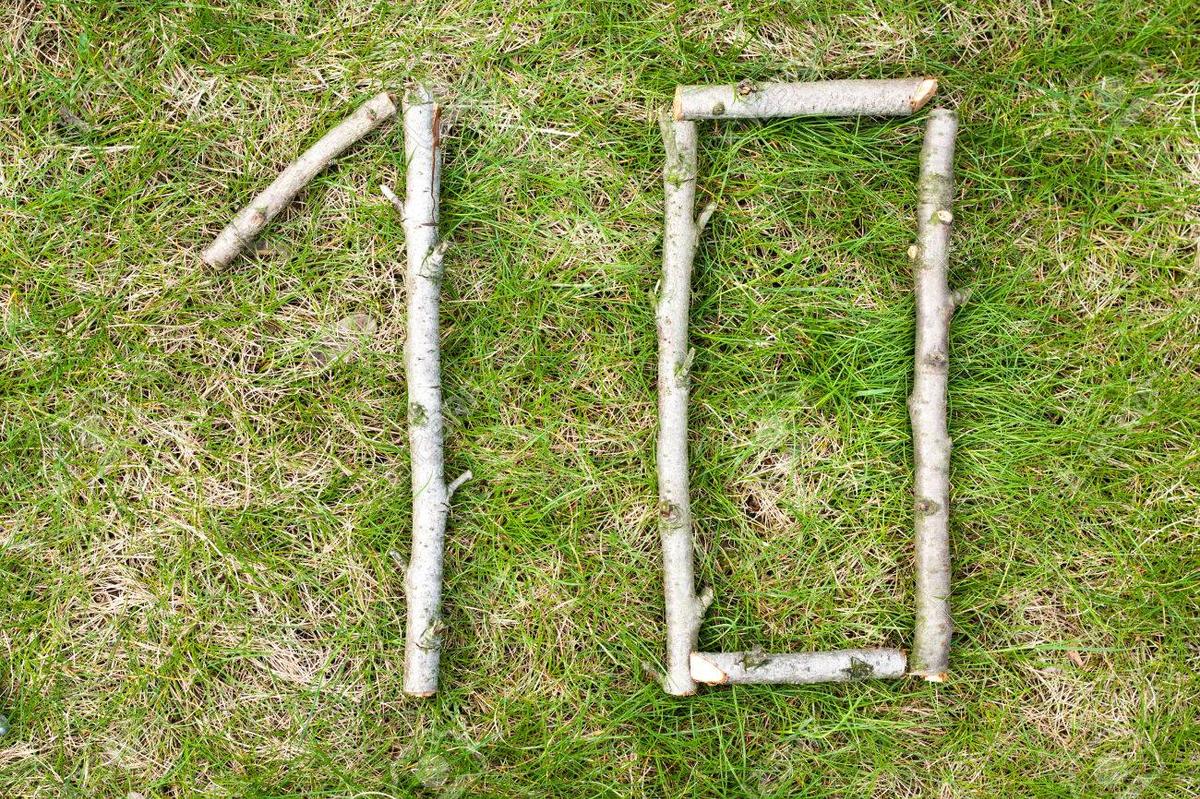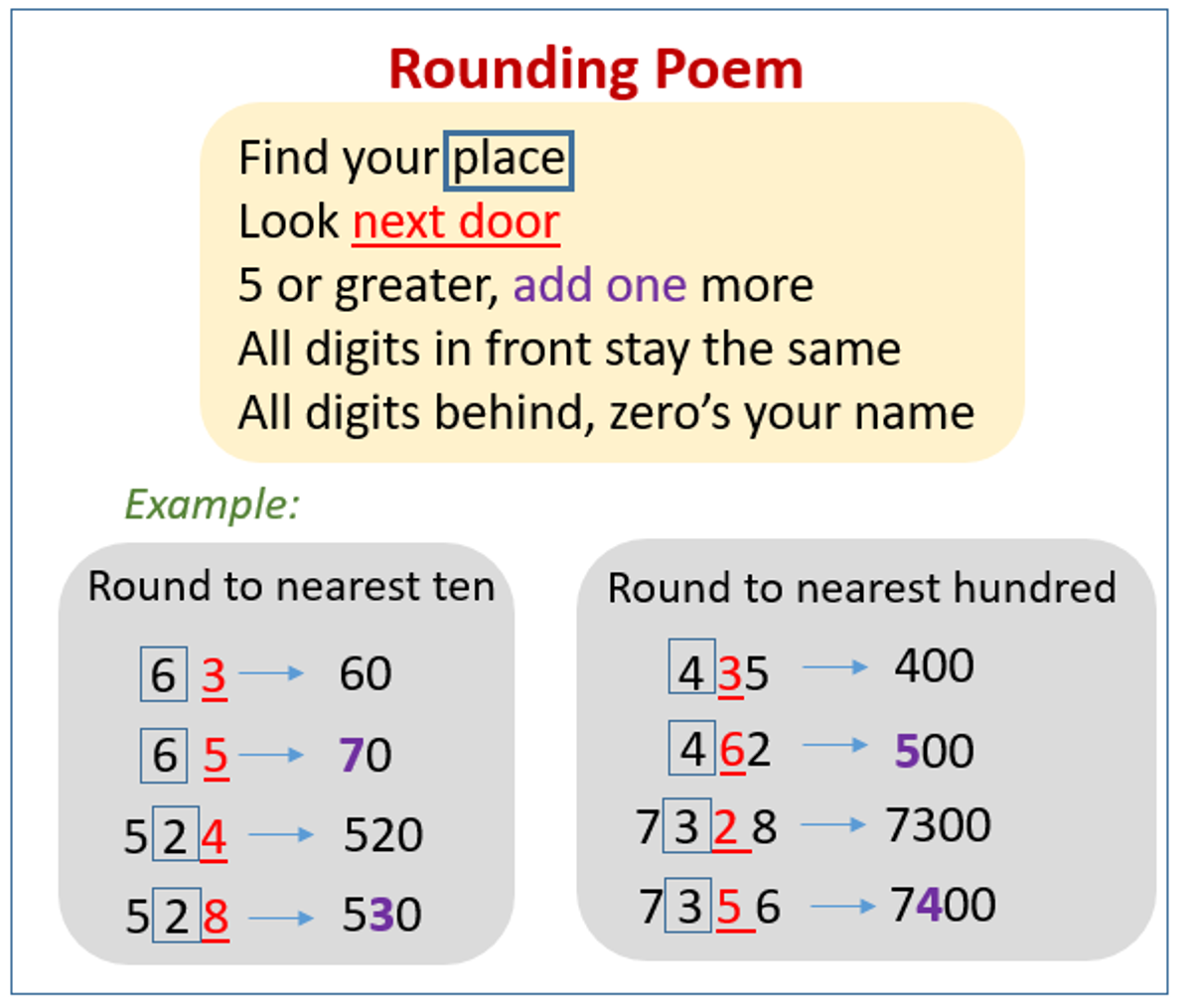Maths Matters
with Mrs Trend

Maths Matters
with Mrs Trend
With student reports and portfolios coming home soon, the Numeracy Team and I thought it would be helpful to include a page in the Oban Oracle to explain some common primary school maths terminology. This will help you better understand your child’s progress and how they’re developing as young mathematicians. In each feature, we’ll give you a quick overview of a key maths concept along with practical ways you can support your child’s learning at home. Let’s dive in!
At RNPS, we are always working to build strong number sense in our students and one of the most important building blocks is Place Value. This is a content area often covered in the first semester, but continuously revisited through our spaced retrieval practices.
So what is Place Value?
Place Value is the value a digit holds based on its position in a number. For example, in the number 327, the 3 is worth 300, the 2 is worth 20, and the 7 is worth 7. Understanding this concept helps students read, write, compare, and order numbers, as well as perform addition, subtraction, multiplication, and division more confidently. It also helps with partitioning, which will be our topic in the next newsletter.
How You Can Help at Home
Parents play a big part in developing their child’s number skills! Here are some simple and fun ways you can support Place Value learning at home:
Number Talks: Pick a number and ask questions like “What comes before and after this number?” or “What’s 10 more or 10 less?”
Guess My Number: Give clues like “I’m thinking of a number between 20 and 40. It has a 3 in the tens place.”
Digit Card Games: Make number cards (0–9) or use playing cards (with the picture cards removed) and challenge your child to make the biggest or smallest number possible.
Everyday Maths: Talk about numbers you see in the real world — on letterboxes, price tags, footy scores, or while shopping.
Here are some activities that can be helpful for specific year levels:
Foundation -


Years 1–2:
Use two-digit numbers to practise “Which is bigger?” and “What’s 10 more/less?”
Roll dice to make 2-digit numbers and order them from smallest to largest.
Play games like Race to 100 where players take turns adding 10, 5, or 1.
Years 3–4:
Build 3 or 4-digit numbers with digit cards. Ask: “What is the value of the digit in the hundreds place?”, "What is the value of the digits in the thousands place?" You could include decimals up to hundredths too! Ask: "What is the value in the tenths place?
Play Place Value Bingo with numbers up to 10,000.
Practise rounding numbers to the nearest 10 or 100 in everyday situations.


Years 5–6:
Work with decimal numbers when measuring recipes or sports scores. Ask: "We need 1 1/4 cups of flour, what is that as a decimal?"
Ask questions like “What is 0.1 more than 3.5?”
Challenge your child to arrange numbers from largest to smallest, including decimals and whole numbers.
Quick call-back ideas to build fact fluency!
While in the car, walking the dog or making dinner, call out:
“What’s 100 more than 640?”
“What number has a 7 in the tens place and a 5 in the ones place?”
“What’s halfway between 30 and 70?”
Quick daily questions like these make a big difference and help solidify automatic recall!
Thank you for being wonderful partners in your child’s learning journey. We can't wait for our next Maths Matters feature all about Partitioning.
— Mrs Trend and The Numeracy Team 📊✨